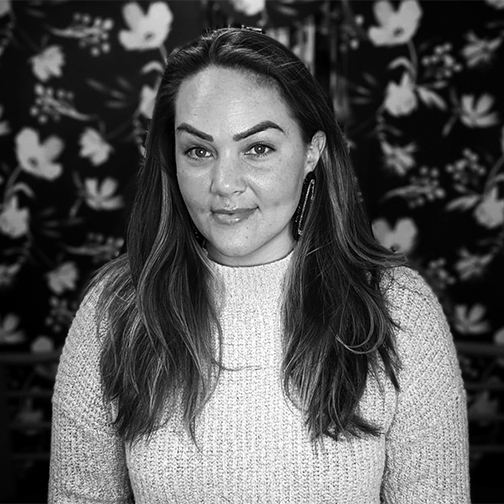New Evidence Shows Vital Importance of Screening For T1D in Children
Written by: Lala Jackson
3 minute read
February 11, 2020
This news coverage was created in partnership with JDRF through the JDRF – Beyond Type 1 Alliance.
In the United States, as high as 60 percent of children are in diabetic ketoacidosis (DKA) by the time type 1 diabetes (T1D) is diagnosed. Without screening methods, symptoms of type 1 diabetes are often mistaken for flu symptoms, which is why Beyond Type 1 has been working to increase awareness of the condition and its warning signs.
Since 2015, just over 90,000 children aged 2 to 5 years old in southeastern Germany have been screened for possible development of type 1 diabetes by measuring islet autoantibodies during routine primary care visits. By screening in this way, the local healthcare system was able to reduce the prevalence of diabetic ketoacidosis (DKA) from a country-wide 20 percent in newly diagnosed children, to less than 5 percent.
DKA is caused by a lack of insulin, the hormone that converts food into fuel, in the body. Without insulin, a person’s system begins to shut down from lack of fuel and the body begins producing excess blood acids (ketones). While treatable if caught, without treatment DKA is life-threatening. The best way to prevent DKA at diagnosis is to monitor people who are at risk of developing T1D, ensuring the disease is caught before the body produces too little insulin to sustain itself.
Results from the German study Fr1da were recently published in the Journal of the American Medical Association. Over the course of the study 280 children of the more-than 90,000 screened (0.31 percent) had two or more islet autoantibodies, indicating an increased risk for developing type 1 diabetes. Families of those children were offered diabetes education, screenings for associated physical and psychological stressors associated with diagnosis, and increased medical follow up to monitor for progression to clinical type 1 diabetes.
Of the 280 children with two or more islet autoantibodies, 62 children (roughly one quarter) developed T1D by the conclusion of the four-year study in 2019. Of those, only two had mild or moderate diabetic ketoacidosis at diagnosis.
The next iteration of the study, called Fr1da-plus, will add screening for 9 and 10 year old children, as well as conduct a cost-benefit analysis of the screening for the general population. The goal is to add islet autoantibody screening to the public health standard of care in Germany, hopefully setting an example for the international healthcare community. By doing so, fewer people will go into DKA before a T1D diagnosis, increasing short-term safety while also minimizing long-term complications.
Islet autoantibody screening also helps researchers better understand the variety of genetic and environmental factors that lead to the development of T1D, which may eventually lead to methods to delay or prevent type 1 diabetes altogether.
For this and other similar studies, visit JAMANetwork.com.
Check out a story that highlights the importance of early detection—A Misdiagnosis Left My 2-Year-Old Fighting For His Life.
To learn more about all the great T1D research being funded by JDRF, visit their research and impact page here.
Related Resources

Already compatible with Dexcom’s G6 and G7 continuous glucose monitors (CGMs), the Omnipod 5 Automated...
Read more

The younger a person is diagnosed with type 2 diabetes, especially those with obesity, the...
Read more

The Oura Ring, which tracks things like sleep, heart rate, and activity, is joining forces...
Read more


